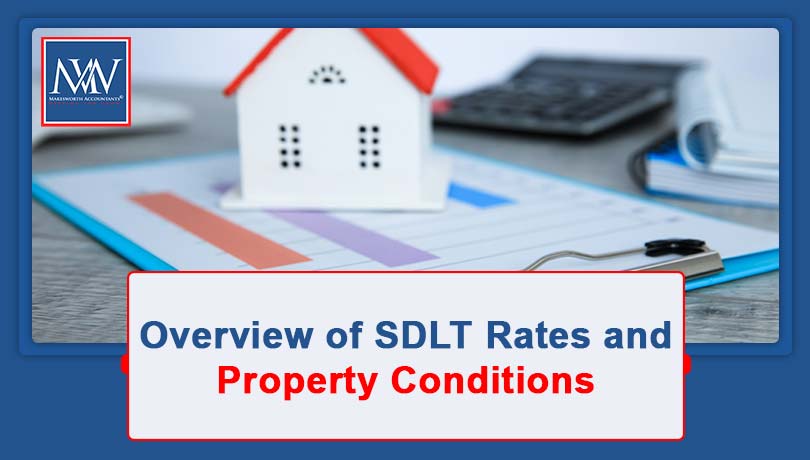-
info@makesworth.co.uk
-
Mon - Fri: 9:30 AM - 6:00 PM

Stamp Duty Land Tax (SDLT) is charged at different rates depending on the purchased property type. Residential properties are taxed at residential rates, while non-residential or mixed-use properties attract non-residential rates. For a property to qualify for residential rates, it must either be currently used as a dwelling, suitable for use as a dwelling, or under construction or adaptation for residential use.
However, suppose a property is deemed derelict and uninhabitable. In that case, it may be subject to non-residential rates, which could result in a lower tax bill for buyers acquiring a second or subsequent property, such as an investment. Buyers should be cautious, though, as determining whether a property is uninhabitable often requires alignment with HMRC’s stringent standards. According to HMRC, 95% of refund claims based on uninhabitable properties fail, highlighting the need for careful assessment.
The Upper Tribunal recently addressed the question of what constitutes an uninhabitable property in the case of Mudan. This case revolved around a property previously used as a dwelling that required significant renovation at the time of purchase.
Initially, the buyer paid SDLT at residential rates but later sought a refund, arguing the property was unsuitable for residential use and should have been taxed at non-residential rates. The taxpayer highlighted various issues, including:
Despite these conditions, both the First Tier Tribunal and the Upper Tribunal found the property to be suitable for use as a dwelling, emphasizing the following key points:
It is crucial to differentiate between a property in need of repair and one that is genuinely derelict. Work such as replacing a kitchen or bathroom, fixing structural issues, or installing new systems like boilers and wiring, does not render a property unsuitable as a dwelling. For a property to qualify as derelict under SDLT rules, it must be structurally unsound or damaged to a degree where standard renovations or repairs cannot restore it to usability.
Properties marketed as “doer-uppers” typically fall short of meeting the threshold for dereliction and will generally attract residential SDLT rates.
By distinguishing between modernization needs and true dereliction, buyers can avoid costly errors and align their tax position with HMRC regulations.
Partner Note: Finance Act 2003, Section 116; Amarjeet Mudan and Tajinder Mudan v HMRC [2024] UKUT 00307 (TCC)
For more information, Book a Free Consultation